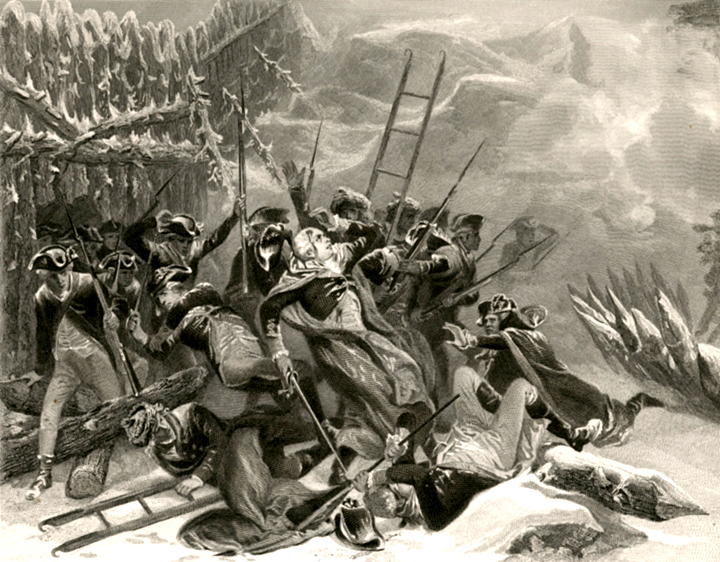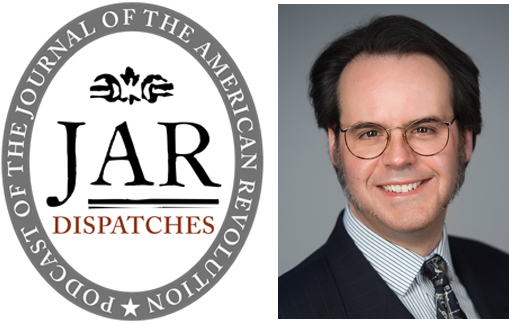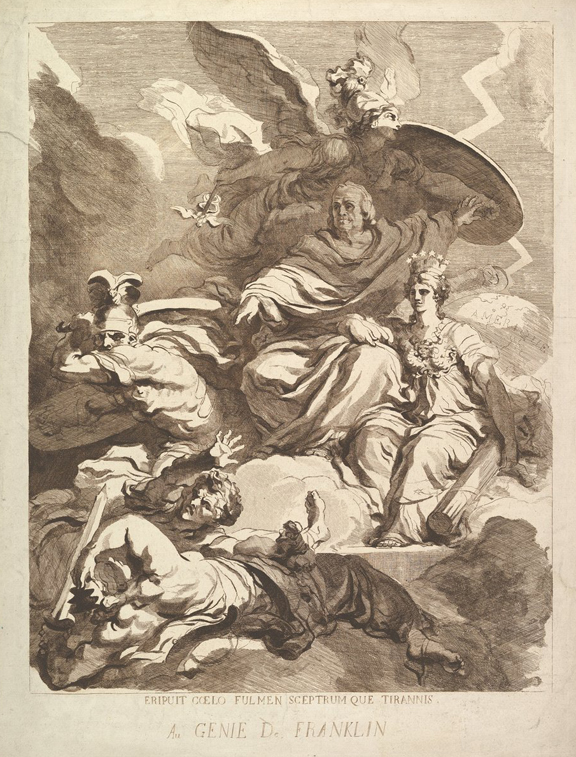Book Review: For Fear of an Elective King: George Washington and the Presidential Title Controversy of 1789 by Kathleen Bartoloni-Tuazon (Cornell University Press, 2014)
The debate that erupted in the Congress in the spring of 1789 as to whether the delegates should address the president as “His Majesty the President” or “His Highness the President of the United States of America, and Protector of their Liberties” or other such lofty titles or to simply address him as “President” has often been dismissed by historians as a frivolous debate. Bartoloni-Tuazon shows us why it should not be so quickly set aside. The president’s title was not just debated in the Congress; a vigorous debate also emerged in the newspapers. “The heated scrutiny given to the choice of an executive title,” she points out, “represented a vital and expansive exploration of American executive leadership” (10).
Although Washington was the president and thus figures prominently in the book, Bartoloni-Tauzon might have subtitled the book: George Washington, John Adams, and the Presidential Title Controversy of 1789, because the vice-president from Massachusetts is a major figure in the book as well. Fearing that the president might be overpowered by the Senate, composed by state-elected elites, Adams favored a lofty title to help the president maintain his authority over the Senate and put him on a plane with the executives of other countries, who were almost all kings or princes. The House of Representatives disagreed and insisted on the simple title of “President of the United States” as it appeared in the Constitution.
Washington, more in tune with the people’s republican sentiments, opposed a regal title. “By mirroring the views of the majority of his countrymen and women in the title dispute, Washington encouraged public acceptance of the presidency, which added political legitimacy to the office” (11).
In six well-argued chapters, Bartolini-Tauzon examines every aspect of the title controversy. In her first chapter, “An ‘Improper Distinction of Ranks,’” Bartolini-Tauzon sets the stage with an examination of title usage in America at the time, a brief history of the president’s title in the drafting of the Constitution, and a contrast of Adams’ and Washington’s positions on the title. In her second chapter “The Third Body of Washington” Bartolini-Tauzon examines the Washington’s “sacred body of monarchial sovereignty” — the extent to which the people viewed Washington, at the time of his election, as a god-like monarch, in addition to a citizen and an elected leader (his other two bodies). The dispute over the president’s title forced both Congress and the country to confront the nature and danger of Washington’s polpular adoration. Would America have a monarchial president or a republican president?
In chapters three and four “Protecting the Presidency” and “Debating a ‘Doubtful Power,’” Bartolini-Tauzon explains how the title question became a “republican delimma” for the delegates in the new federal Congress. She shows how “the movement for a grand executive title pitted two different but equally republican perspectives against each other”: one against a monarchial president, the other fearing the domination of an aristocratic oligarchy who might corrupt the president. She then examines the debate between these two factions in Congress
In her fifth chapter “‘Strange Contradictions’” she surveys the debates over the title that soon emerged between the editors of the nation’s newspapers. This public debate — which went beyond the newspapers to include “public houses, personal letters, and even an unpublished play” –, though lesser known than the debate in Congress, she points out, was nevertheleess highly significant. The debate became a “defining cultural movement” (6) as it “examined questions of national character, federalism, and executive leadership and power” (7). She concludes that the Congress’s eventual rejection of a regal presidential title gave the people confidence in the republican character of the Constitution and the government. This decision of Congress and the public debate moved all factions away from the use of lofty titles at all levels of government and toward a more egalitarian outlook.
In chapter six “A ‘Dangerous Vice’” she gives a detailed account of Washington’s, Adams’, and other national leaders role and opinions in the title controversy. But her main focus is on Washington and Adams. For Adams, with his advocacy of a regal title, the debate led to ridicule — a ridicule he never forgot — and a lessening of his republican stature. He forever became linked with monarchism — the “dangerous vice” — in the public mind. In contrast, Washington, with his known opposition to a lofty title, found his reputation enhanced. Americans maintained their confidence in Washington as “a powerful republican who disdained titles.” As Bartolini-Tauzon points out at the end of the chapter, the title controversy provides another example of Washington’s skill at navigating the potentially dangerous waters of being the young nation’s first chief executive: “Washington, a powerful and republican executive for the fledgling nation, avoided identification with the ‘dangerous vice’ of monarchy … and, crucially, understood and reflected the people’s preference for a modicum of modesty in their leader. While Washington defined the presidency, he held the ‘specter of monarchy’ at bay” (158).
This is an outstanding work of historical writing. All of Bartolini-Tauzon’s assertions are strongly backed up with historical evidence.The book is thoroughly researched (with fifty-five pages of notes), and includes a very useful bibliography. In sum, this book is a balanced and thorough examinationation of an important episode in American history. The title controversy decided that America — at least until the twentieth century — would have a presidency of moderation with a lack of pageantry. “The outcome of the title controversy represented this emerging concept of an ideal national executive and, significantly, established the fundamental cornerstones of American democratic leadership” (133).













2 Comments
A timeless lesson that culture starts at the top and bringing people together is the principal objective of leadership. Well done!
Im on Chapter 5; i must say this book is DENSE with primary source material- Adams (who I am a big fan of) always takes flak for his promotion of a title for the President, but it seems like a great deal of the populace were right behind him!
This book is essential for the libraries of both Rev War and Early Federal students. Kudos to Ms. Bartoloni-Tuazon, i cant even imagine the patience required to put together such a work!